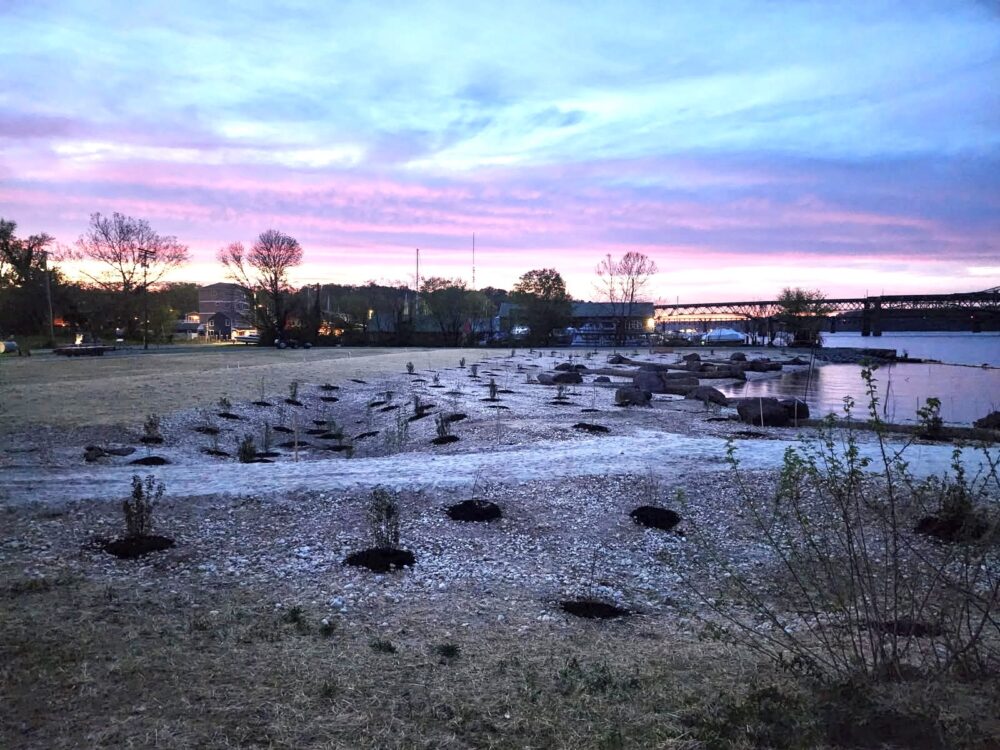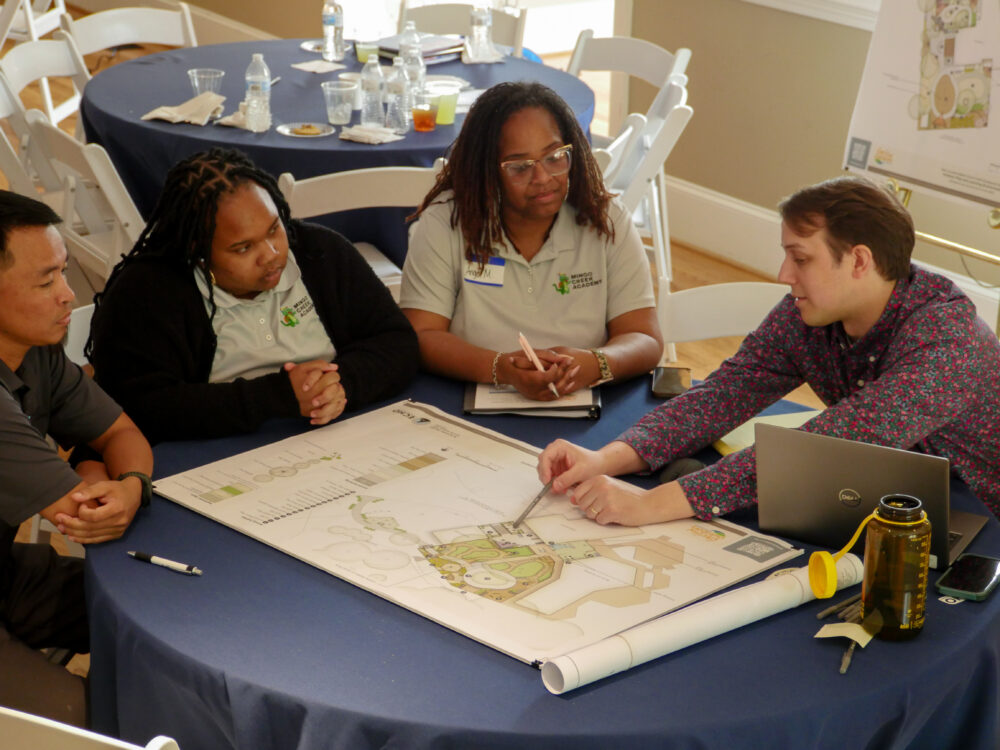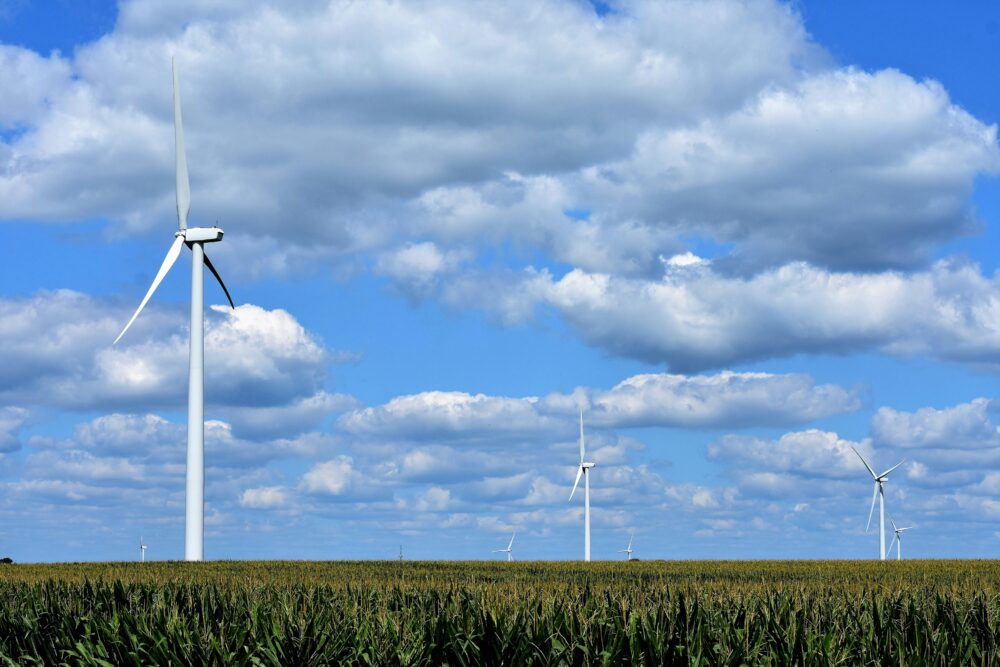We have much more to do and your continued support is needed now more than ever.
Students and Other Clean Energy Advocates Mobilizing Against Setbacks
Two weekends ago, over 400 people gathered in Cleveland for one of several regional Power Shift meetings all across the country where the culminating event was a rally focused on stopping a Keystone XL pipeline project that would move tarsands oil through 2,000 miles of sensitive land and water habitat from Canada through the U.S.
“What I felt was very telling was that many of the young people who attended the event in Cleveland were not up to speed on the pipeline,” says Juliana Goodlaw-Morris, campus ecology manager at the National Wildlife Federation, “however, now more than ever they are ready to take action on their campuses and in their communities.”
For example, when student leaders from all across the U.S. who recently attended the annual conference of the American Association of Sustainability in Higher Education (AASHE) in Pittsburgh, PA, discovered that President Obama would be speaking in the city, they mobilized buses to meet him.
In Ohio, students are organizing at least three trainings to learn how to confront dirty energy projects like the Keystone XL oil pipeline and to advocate for safe, clean energy.
On November 6 at 2 pm (ET) in Washington, DC, students, faculty and staff from dozens of colleges and universities in the Mid-Atlantic region will gather with thousands of other concerned citizens at LaFayette Square in front of the White House to express opposition to the Keystone XL tar sands oil pipeline and support for clean, safe energy. The President is expected to make a decision on the pipeline proposal in the coming weeks.
Many of the campus leaders are registering for the Nov 6 rally through National Wildlife Federation and will meet up with NWF staff there as well as the staff from Energy Action Coalition and many other sister organizations. Students and others are also submitting hand-written letters to the White House (President Obama is said to read as many as 500 per day), letters to the editor (see Alexandra Costaki’s post with examples), videograms, and online letters.





















